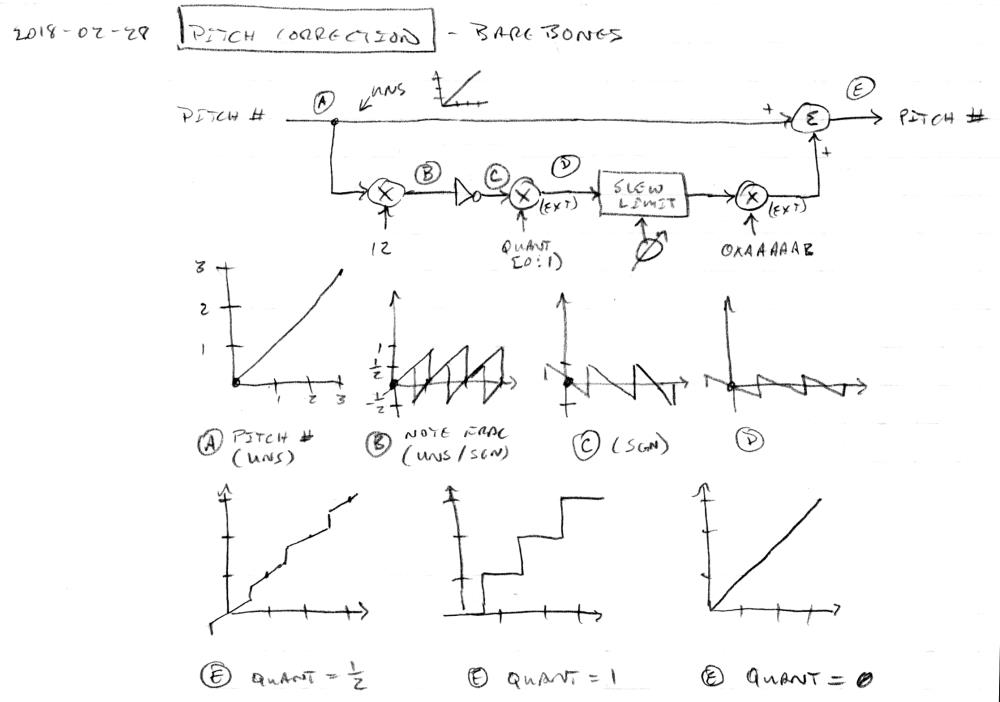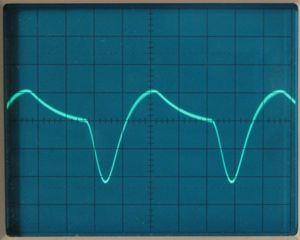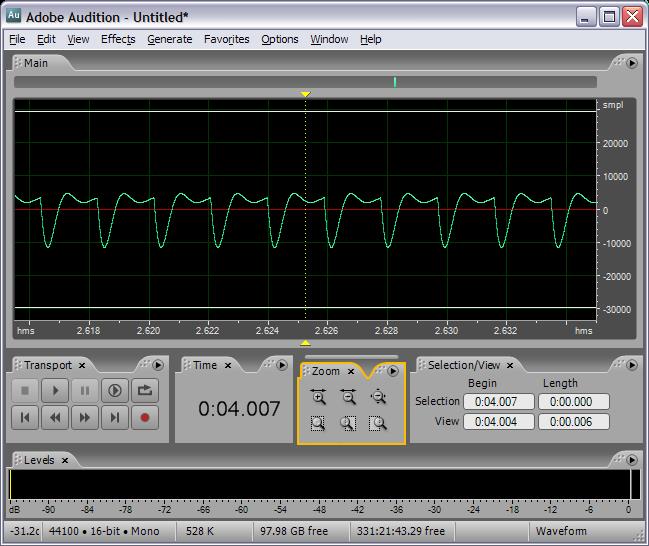"Dewster, your self-adulation is ridiculous. You never made an attempt to get your design approved by at least one of the well known professional thereminists, like Carolina Eyck, Lydia Kavina, Thorwald Jorgensen, or Peter Pringle. AFAIK, none of them played your instrument in a public concert up to now. All your (arrogant sounding) statements like "could mop the floor with the EW-Pro" are only based on... your personal experience as a professional musician? Did I miss your last concert and CD recording with the New York Philharmonics?" - Thierry
I suppose it sounds like puffery, and I certainly don't mean for it to. I'm actively working on getting the input of good players, but am enough of a musician (and EE) myself to know what I've got. I'm not exaggerating when I say that I very likely have, in all the areas that matter, the most advanced Theremin in the world sitting here. I wish you could easily give it a spin and see for yourself, it might make you less defensive.
Should anyone want to come and try it (Boonton, NJ) my lab door is open for show-and-tell with a bit of notice. Contact email is in my TW profile.
Thierry, are you this mean to everyone bringing tidings of joy? If you don't want me talking about the hard-won successes of my Theremin development on TW of all places, can you recommend a better forum? This is a tough crowd...
[EDIT] New Theremins have to meet all these varying standards of acceptance. Would Clara hate it? Have any of the players on my personally approved list performed with it publicly? Don't believe anything if they won't give you a sound sample. Digital will never blah, blah.
All of them I kind of get, particularly if I were making fantastic claims and refusing to describe how I did it (i.e. the norm in this field) but I'm not doing that. And top musicians are often paid to endorse otherwise mediocre products. I don't have the money nor the inclination to engage in the old razzle-dazzle. It's been almost 6 years now and I'm fairly proud of how far I've been able to take the prototype, though I suppose pride is a sin for a reason...




